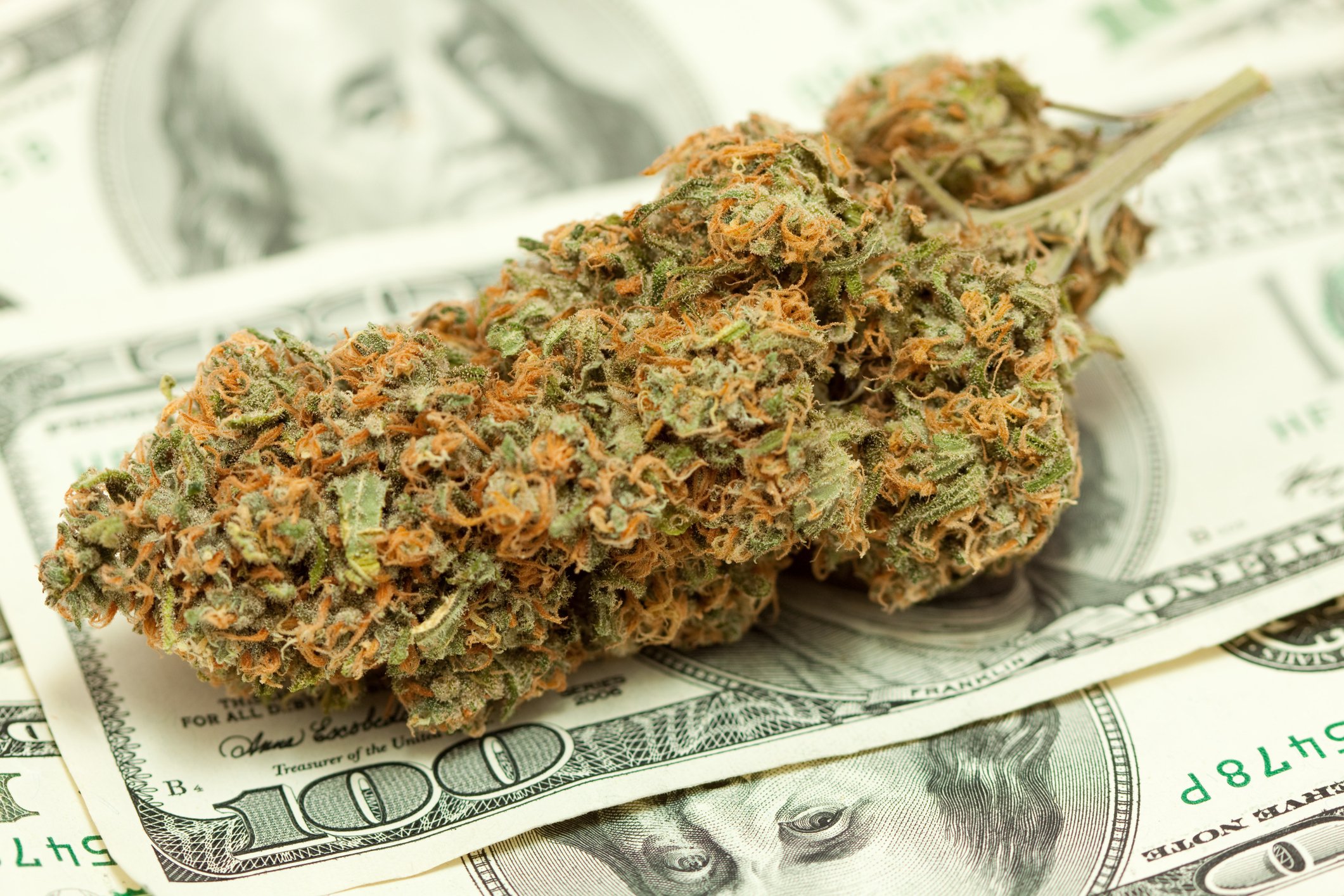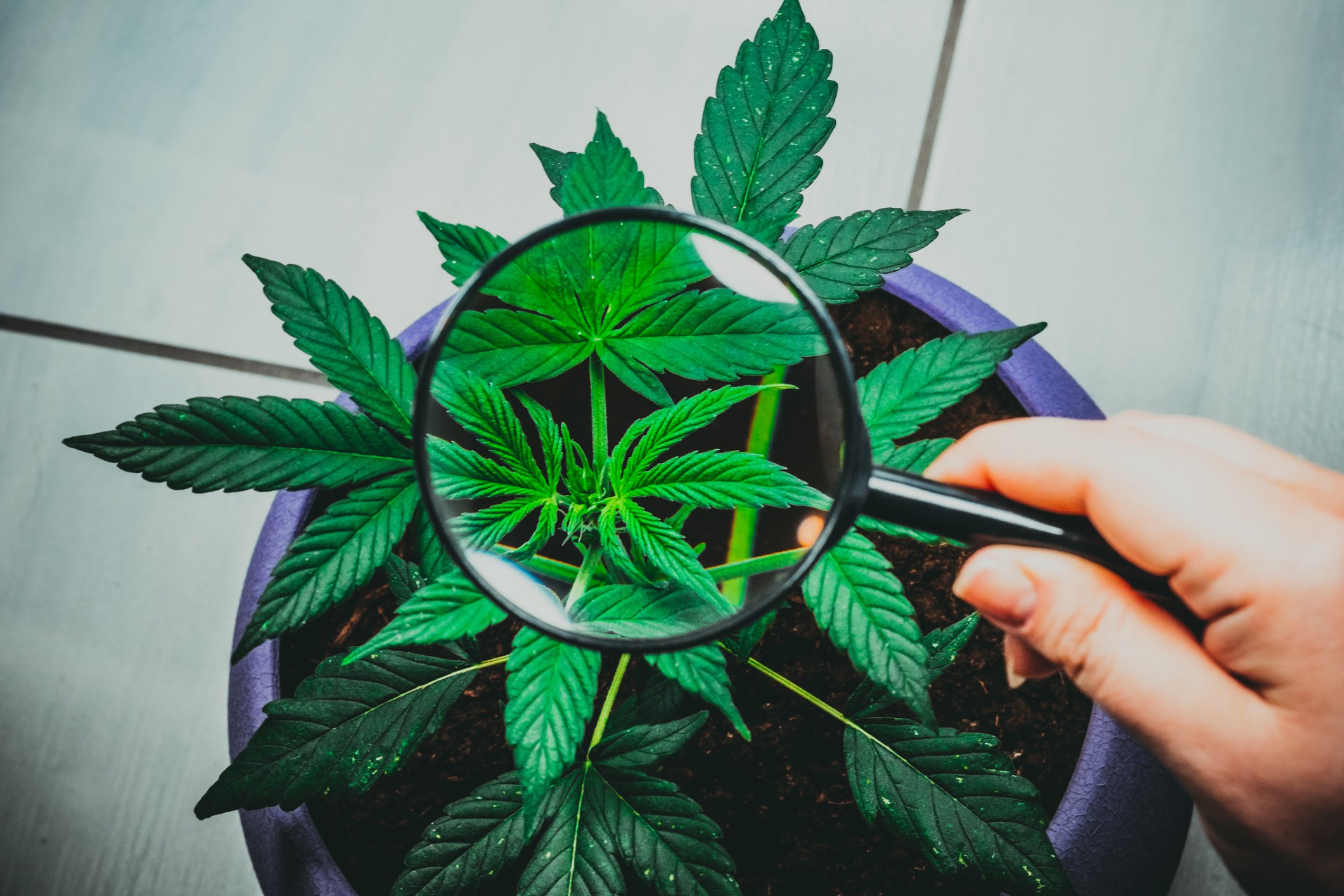
Source: Flickr user Oswaldo.
There are a number of issues set to take the center stage in next week's upcoming elections, but perhaps none hold more prominence than states voting on whether or not to legalize marijuana on either a recreational or medical basis.
Next week Oregon, Alaska, and Washington, D.C., are expected to vote on whether or not to legalize marijuana on a recreational basis, potentially joining Washington and Colorado as the only other states that have legalized marijuana for general use (within ounce restriction limits, and within the confines of one's residence). On the flip side, Florida voters will weigh on whether or not the state will become the 24th (along with Washington, D.C.) to approve the use of marijuana for medical purposes.
This debate has caught so much attention in recent years because the American public's perception of marijuana has drastically changed. According to Gallup, last year represented the first time in history more respondents were in favor of approving marijuana (58%) than were opposed to it (39%). To add some context to these figures, only 36% of people were in favor of its approval as recently as 2006.
Ultimately, marijuana continues to be constrained by the fact that the federal government views marijuana as a schedule 1 drug, making it illegal on a federal level. Without a sweeping federal approval marijuana's growth is limited by the state-by-state voting and approval process.
Legal marijuana's mammoth market potential
But, have you ever wondered how much the marijuana market would be if there were no federal laws constraining its sales? This was precisely the question that Greenwave Advisors sought to answer in its recently released report (links opens PDF) on legal marijuana's market potential.

Source: Flickr user Niek Sprakel.
According to Greenwave Advisors, if all 50 states legalized marijuana and the federal government followed suit, the combined sales for recreational marijuana and medical marijuana would explode higher to $35 billion by 2020. At the moment this scenario appears somewhat unlikely as the federal government hasn't alluded in any way that it's changed its stance on marijuana as a schedule 1 drug.
Yet, Greenwave also estimated the market value impact of recreational and medical marijuana if the federal government doesn't change its current stance on the drug by 2020. Based on its models and the current trajectory of voting, approval, and implementation, Greenwave anticipates that by 2020 the combined marijuana will still be worth a whopping $21 billion. This includes the approval of recreational marijuana in 12 states (California, Hawaii, and Massachusetts, to name a few), as well as the assumption that 37 states will have approved marijuana for medical use, up from the current 23.
In fact, Greenwave's models led to two interesting conclusions.
First, the federal law banning marijuana is likely to change. According to Greenwave's analysis the federal government's stance, which allows states to regulate themselves, could mean it already has a more lenient view of the drug. As public acceptance of marijuana grows and more states get on board the federal government could change its tune.
Secondly, Greenwave sees the dichotomy between the recreational and medical side of the business breaking down and blending together. Greenwave suggests that the only truly unanswered question is which industry would blend into the other, though it appears to believe that medical marijuana would be the larger of the two.
Will this be the big beneficiary?
Greenwave's analysis is particularly intriguing because its approval estimations are based on whether or not select states have legislation that could lead to recreational or medical approval already under way. In other words, Greenwave's estimations could actually be quite accurate if public opinion continues to sway in favor of marijuana's approval.
If this were to happen it would be particularly good news for biopharmaceutical companies with a direct focus on cannabinoid-based products. Cannabinoids are derived from the cannabis plant, and they've shown potential in treating everything from breakthrough pain to chronic disease, such as type 2 diabetes.

Source: GW Pharmaceuticals.
GW Pharmaceuticals (GWPH +0.00%) is currently testing Sativex, a drug approved in more than a dozen ex-U.S. countries to treat spasticity associated with multiple sclerosis, as a possible cancer pain treatment in the U.S. The drug is undergoing three late-stage trials and has the potential to become one of the first cannabinoid-based drugs approved in the U.S. Based on estimates from WWMR, the market for U.S. cancer pain meds is expected to grow from $3.1 billion in 2008 to $5 billion by 2018. In short, Sativex would have plenty of potential to make an impact, and a more favorable legal landscape would certainly help its cause and could even cause physicians (were it to be approved) to more willingly prescribe Sativex.
Of course, GW Pharmaceuticals won't be alone. Insys Therapeutics (INSY +0.00%) is also developing an oral cannabinoid-based drug currently under review by the Food and Drug Administration known as dronabinol. The drug is synthetic version of THC and is expected to offer faster onset and more flexible dosing of Dronabinol SG. If approved it'll be used a second-line therapy to prevent chemotherapy-induced nausea and vomiting, or CINV. Based on estimates from Transparency Market Research in 2011, the CINV market could grow from $1.3 billion in 2011 to $2.1 billion by 2018.
The thing with predictive models...
While these estimates clearly show that marijuana could be the next great investment opportunity, you have to keep in the back of your mind that the thing with predictive models is they're made with certain assumptions, and those assumptions may not always prove correct.
A lot will depend on what sort of stance the federal government takes on marijuana moving forward, as well as how individual state votes turn out. We'll definitely have a better picture on a couple of states by this time next week, but I wouldn't consider any of the aforementioned states a lock to approve marijuana on either a recreational or medical basis at this point in time. This doesn't mean GW Pharmaceuticals and Insys aren't worth your attention, but it also doesn't mean you should jump to unnecessary assumptions just yet.






